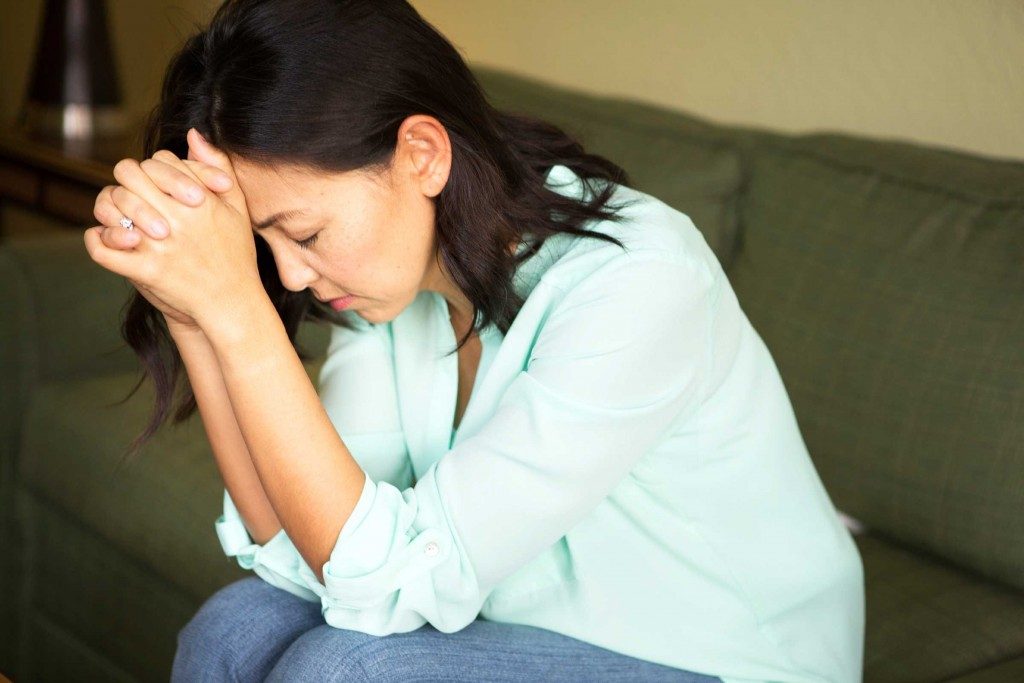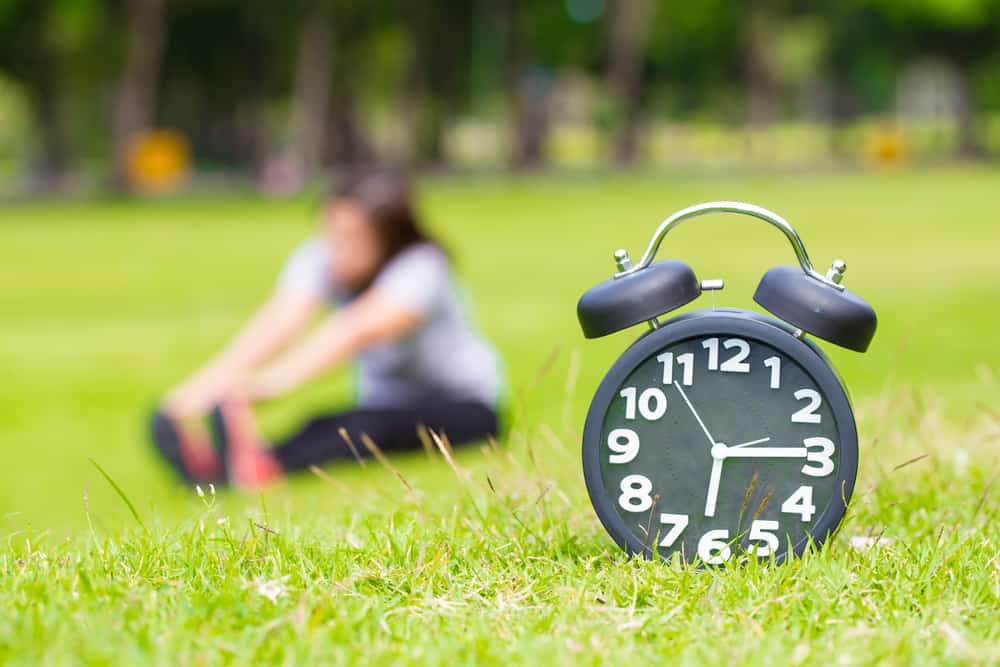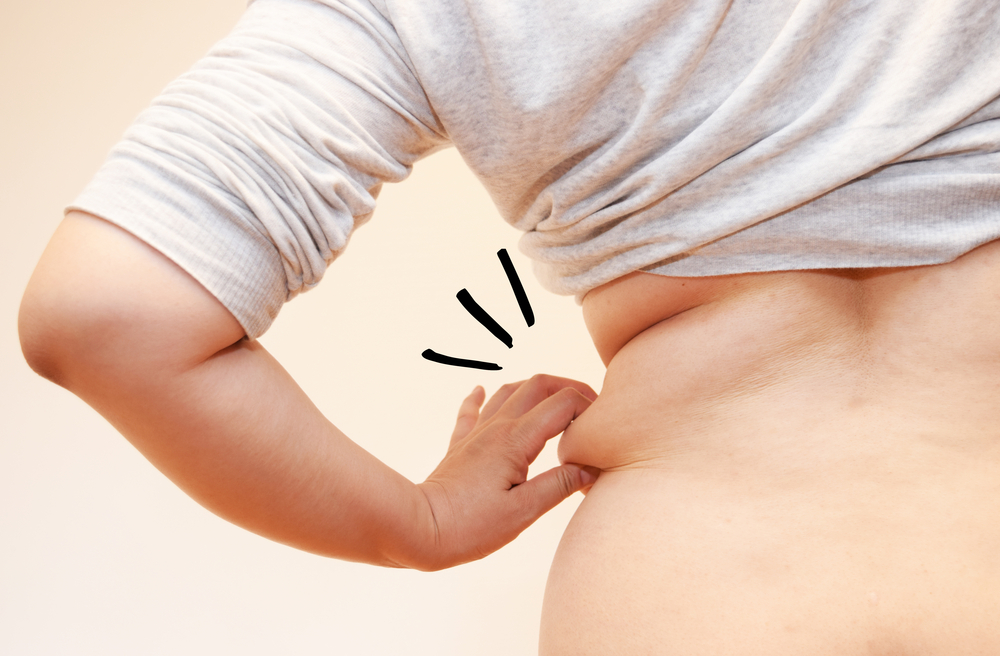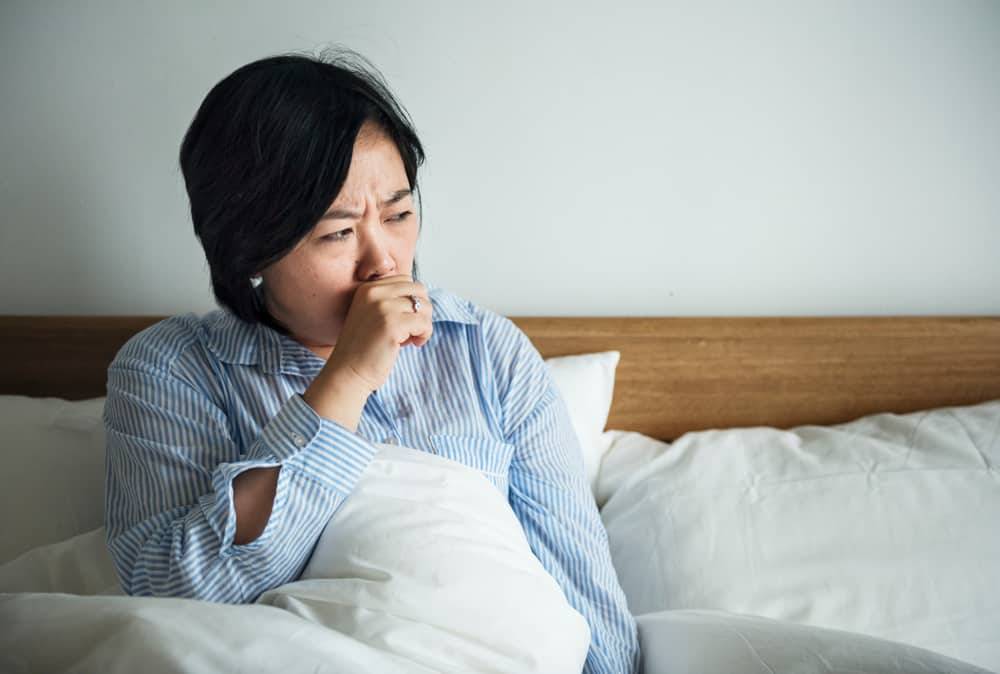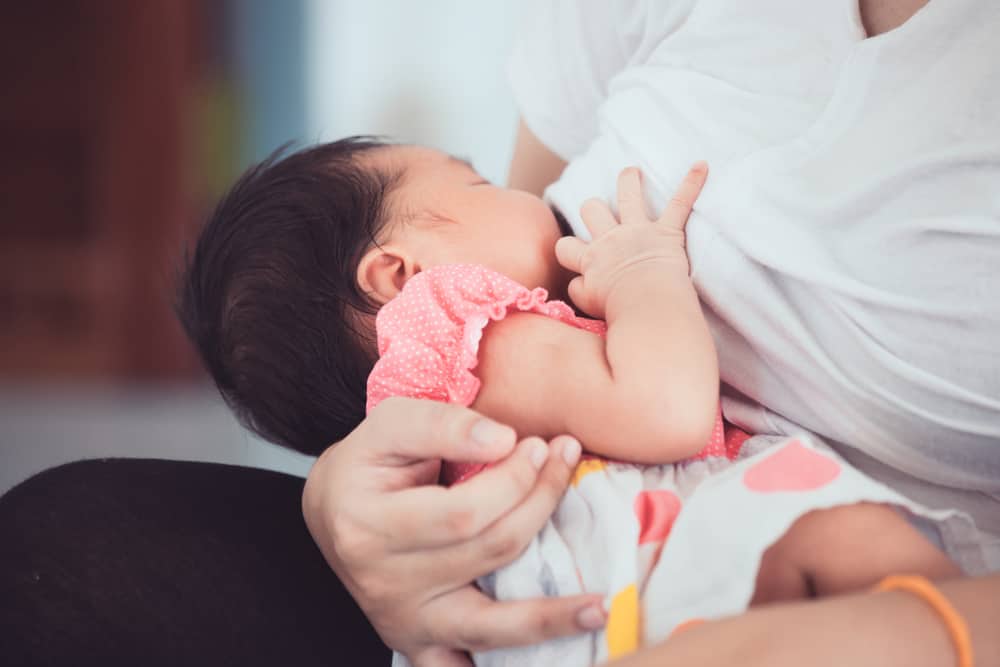Contents:
- Medical Video: 5 Common Signs of Anxiety Disorder
- Five types of anxiety disorders
- 1. Generalized anxiety disorder (GAD)
- 2. Obsessive compulsive disorder (OCD)
- 3. Panic disorder
- 4. Post-traumatic stress disorder (PTSD)
- 5. Social phobia (social anxiety disorder)
Medical Video: 5 Common Signs of Anxiety Disorder
In normal levels, anxiety will not have a negative impact on a person's psychological condition. However, excessive anxiety that interferes with daily activities can be a sign anxiety disorder. The anxiety disorder itself is different in everyone. Come on, get to know the five types of anxiety disorders that you might experience the following.
Five types of anxiety disorders
Anxiety disorder is a general term for excessive anxiety that cannot be controlled by the sufferer. Well, it turns out that there are many types of anxiety. Depending on what symptoms are experienced and the trigger. See the explanation below. Anxiety is a natural feeling. You may or may not be anxiously waiting for a job interview, the project's goal in the office, or waiting for the final exam results at school. But anxiety that continues without reason can further erode the body, so it is no longer considered anxious and must be dealt with immediately. Because, excessive anxiety can be an anxiety disorder which is a form of mental disorder.
1. Generalized anxiety disorder (GAD)
GAD is a type of anxiety disorder characterized by chronic anxiety and excessive worry and tension. These symptoms can occur even when you are not facing a tense situation at all.
This is certainly different from the usual anxiety that arises for example when you want to present in front of many people or are facing a job interview. People with GAD can suddenly be very worried when there is nothing.
2. Obsessive compulsive disorder (OCD)
You may have heard about this type of anxiety disorder. OCD is the emergence of thoughts that make a person become very obsessed with something and will do it repeatedly (compulsive). If not done, people with OCD will feel very anxious uncontrollably.
Examples of actions obsessive compulsive namely arranging pencils and stationery in a certain order (for example from long to short). However, even if it's neatly arranged, he will repeat the action again and again.
Another example is checking whether the door is locked. Even though when you leave the house you have locked the door, the obsessive mind that the door has not been locked continues to haunt you. As a result, you go back home and check the door again and again so that your activities are hampered.
3. Panic disorder
Unlike ordinary anxiety, panic disorder can strike suddenly and show physical symptoms that are often misinterpreted as a heart attack.
Signs of a panic disorder include truly intense fear, chest pain, irregular heartbeat (palpitations), hunting breath, dizziness, and abdominal pain.
4. Post-traumatic stress disorder (PTSD)
PTSD or post-traumatic stress disorder generally occurs after someone has experienced a terrible, life threatening event, endangering safety, and other extreme events.
No wonder this type of anxiety disorder is often encountered in war veterans, soldiers, victims of violence, victims of natural disasters, or victims of accidents.
People with PTSD continue to experience flashbacks or Flash back about the incident that made him traumatized. Especially when there are triggers that are similar to the traumatic events they experienced.
For example, an earthquake victim might experience excessive anxiety and fear when feeling a slight shock (even if the cause is not an earthquake).
5. Social phobia (social anxiety disorder)
Nervous when meeting other people (especially strangers or people who are quite important) is only natural. However, when you always feel nervous and afraid to be in a new environment to sweat and feel nauseous, you may experience social anxiety.
This anxiety is due to concerns that your behavior will embarrass yourself, offend others, or your presence is rejected. This condition will certainly make it difficult for you to build relationships with other people.
However, other phobias can also be included in this type of anxiety disorder. For example, agoraphobia, which is fear of crowded and open places. This is because people who have phobias also show symptoms of excessive anxiety.

